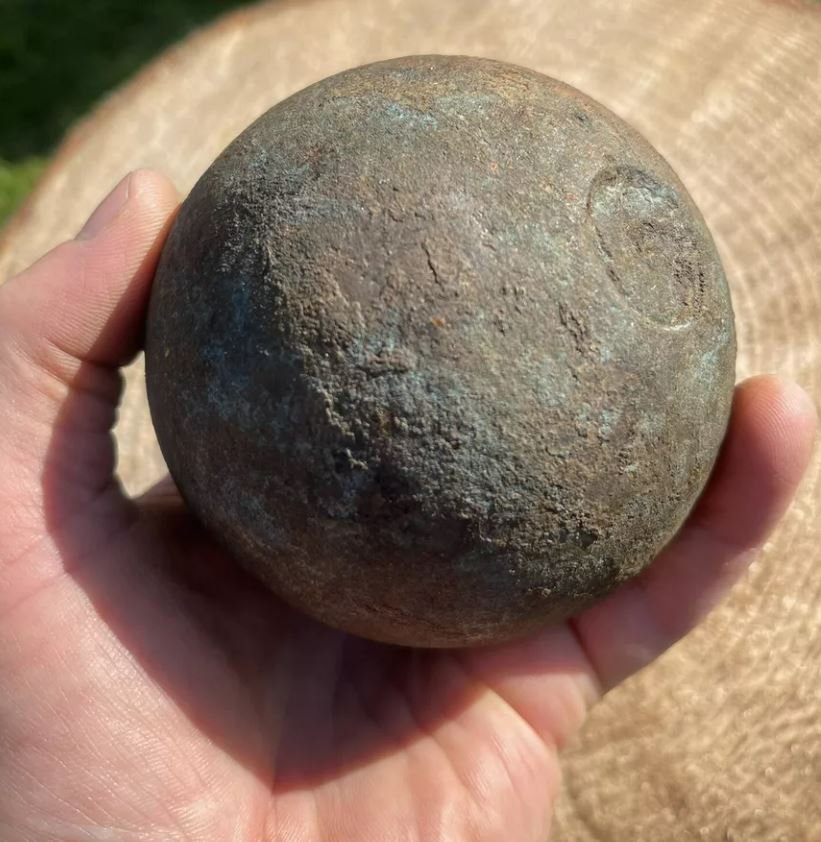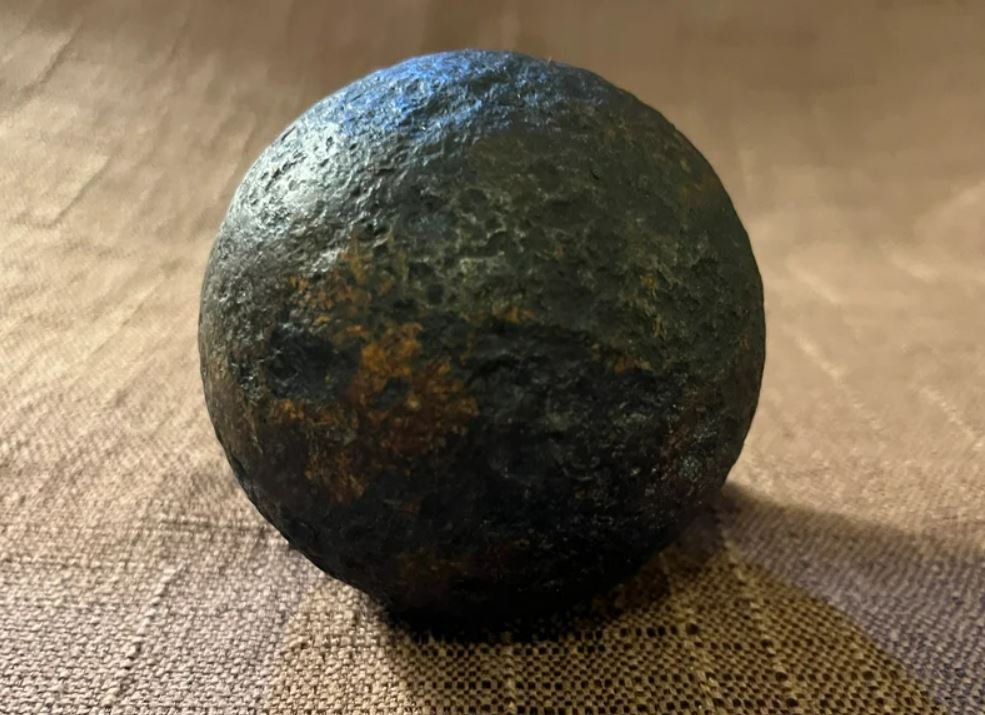Immersive Historical Experiences
Have you ever visited a history museum or a battlefield with your school, where the teacher handed you a heavy cannonball, describing the sounds of battles and explosions? These experiences sparked curiosity and provided a glimpse into the conflicts that shaped our history.
The Role of Cannonballs in Warfare
Cannonballs, the iron projectiles from cannons, are iconic relics of centuries-old warfare. From the medieval period to the 19th century, their basic yet effective design played crucial roles in battles. Made from solid or hollow iron, these round projectiles knocked down walls, dispersed enemies, and pierced enemy ships.
Historical and Technological Insights
Cannonballs offer rich insights into historical warfare and technological advancements. Each cannonball tells a story of ancient battles and the relentless pursuit of military improvement. They were not just weapons but also pivotal factors in determining the outcomes of major battles. Their evolution showcases the creativity and adaptability of past military engineers.


Conclusion
Cannonballs, whether valued as collectibles or historical relics, remind us to explore the past to understand our ancestors’ victories and struggles. They urge us to protect and cherish our history and culture, ensuring future generations can appreciate and learn from it.





